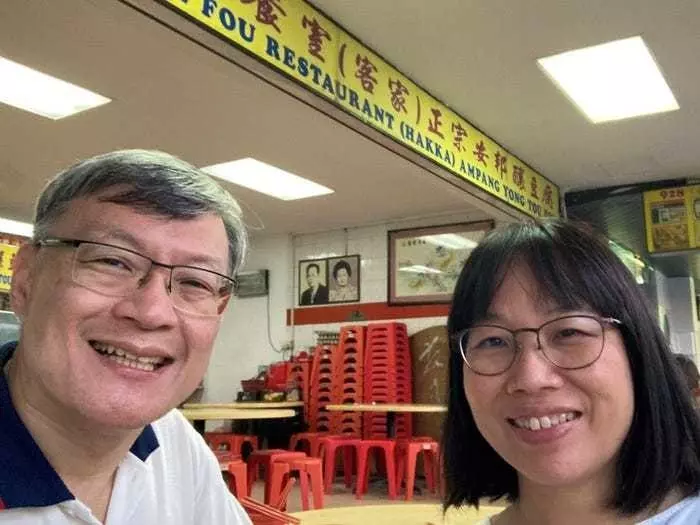Singapore’s Covid-19 Response Keeps Cases Low
International Medical Clinic medical director Dr Lim Hui Ling says the experience of the SARS pandemic and cooperative Singaporeans have kept Covid-19 numbers low.
“When I first heard about COVID-19 in January 2020, I thought it would blow over like the swine flu or bird flu have in the past. As we all know now, that wasn’t to be the case,” says Dr Lim Hui Ling of IMC, part of the Qualitas network of clinics.
“One year later, I’m dressed head-to-toe in scrubs, and each afternoon I change into full PPE gear to treat patients at the acute clinic we hold at our centre. Patients attend the acute clinic if they have a fever or difficulty breathing, which are symptoms of COVID-19.
She’s been a family doctor at the International Medical Clinic since 2002. While all her appointments are typically face-to-face, she’s now seeing patients at the clinic and over Zoom. As a council member of the College of Physicians, she also advises other doctors on how to cope with the crisis.
Singapore was the first country in Asia to approve the Pfizer-BioNTech coronavirus vaccine.
“I was given my first dose of the vaccine on January 14. I did experience a couple of side effects after having the vaccine. The next day my arm was quite sore, and I couldn’t lift it to comb my hair. I also had a bit of fever, which came on in the afternoon and lasted until bedtime. However, when I woke up two mornings after receiving the shot, I felt absolutely fine.”
There are 26 doctors at the IMC, and they’ve seen three positive COVID-19 cases during the entirety of the pandemic.
“This isn’t my first brush with a virus. From November 2002 to July 2003, Asia was hit by the SARS pandemic. It didn’t last as long as COVID-19 has, but it was scary. Healthcare workers died, including people I knew.”
SARS was the blueprint on how to deal with COVID-19
“It was a huge learning curve for many of us who hadn’t experienced anything like it before, and it also gave us the blueprint on how to deal with COVID-19. The Ministry of Health gave national guidance on managing COVID-19 patients, which we modified to work for our clinic. Due to SARS, we had the experience of infection control, we knew how to split the clinic, how to triage patients, and we always have PPE stockpiled in our warehouse.”
As Singapore is a small country, it was able to pivot quickly to combat COVID-19. The government was quick to close its borders, implement mandatory mask wearing and social distancing, and introduced the Trace Together app in March 2020, which people must use to enter stores, hospitals, and even taxis, in order to keep track of where someone has been if they should contract the virus.
The government also made good use of buildings that were standing empty. Exhibition centres were turned into community isolation facilities and empty hotel rooms were used for Stay At Home notices to quarantine incoming visitors for two weeks.

The virus started to spread during Chinese New Year of last year. The country went into lockdown from April 7 to June 1. The government announced that the country would go through three phases, and they moved into phase three on December 28 after new infection rates had already been low for months.
“All shops, restaurants, and beauty salons are now open and people can also go to the movie theatre. Parks stayed open during the pandemic so that everyone had somewhere to exercise. We still have to socially distance and wear masks, but we can now meet in groups of up to eight people,” she says.
The people played a big part
“Most people have been acting very responsibly and trust in the regulations we’re asked to follow. The ministers who run the COVID-19 task force are good communicators, so there’s been no confusion and everyone is clear about which phase we’re in and what we need to do.
“Everyone wears a mask, apart from one or two people who make the papers when they don’t. And everyone does their best to socially distance and most people stick to the rules about not gathering in large groups. Thanks to Singapore’s control of the outbreak, this year we’ll be able to visit our parents for Chinese New Year.
“I feel fortunate to live in this surreal little bubble,
where most people I know care about working together towards a communal goal. And when the borders reopen, I can’t wait to start traveling again.”
This article first appeared on the World Economic Forum.






